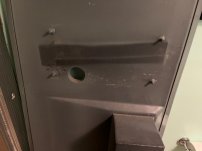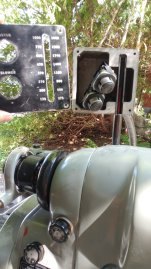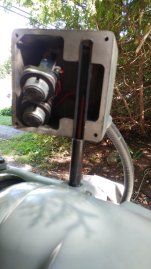max.levesque
Aluminum
- Joined
- Aug 31, 2007
- Location
- Sherbrooke
Just got an HLV, and all that I'm missing is a garage (... home shop hobby machinist here) !
But I have a basement with a floor level window that has enough height to take the HLV *without the cabinet*.
I'm studying the possibility of removing the chip pan while keeping the bedway, head stock, etc, on it, so it can enter by the window.
Keeping the lathe components in the chip pan seems like a big win, as it is quite sturdy, can be hoisted, etc.
Any info, cautions, etc would be appreciated.
Note: it's a 1956 HLV, not an HLV-H
But I have a basement with a floor level window that has enough height to take the HLV *without the cabinet*.
I'm studying the possibility of removing the chip pan while keeping the bedway, head stock, etc, on it, so it can enter by the window.
Keeping the lathe components in the chip pan seems like a big win, as it is quite sturdy, can be hoisted, etc.
Any info, cautions, etc would be appreciated.
Note: it's a 1956 HLV, not an HLV-H





